Concrete flooring can be a beautiful addition to any home. It is durable, low-maintenance, and relatively affordable. However, like all types of flooring, it requires regular cleaning and concrete polishing to maintain its beauty and luster. This blog post will discuss simple ways to polish your concrete flooring using everyday household items. Read on.
Get Those Handy Equipment Ready
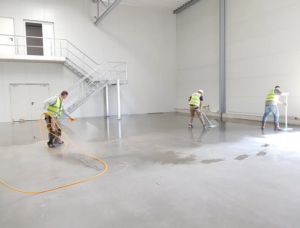 Before polishing your concrete flooring, you will need some essential equipment. It includes a bucket, mop, broom, rags, and cleaning solution. You can find most of these items at your local hardware store. If you have a concrete floor that is in good condition, you may get away with using just a bucket, mop, and broom. However, if your floor needs some serious TLC, you may want to consider using the right gear. These include a concrete grinder, electric floor polisher, extension leads, and vacs.
Before polishing your concrete flooring, you will need some essential equipment. It includes a bucket, mop, broom, rags, and cleaning solution. You can find most of these items at your local hardware store. If you have a concrete floor that is in good condition, you may get away with using just a bucket, mop, and broom. However, if your floor needs some serious TLC, you may want to consider using the right gear. These include a concrete grinder, electric floor polisher, extension leads, and vacs.
Grind Your Concrete
Now that you’ve prepared all the gear needed let’s begin with grinding your concrete. It’s to make sure that the surface is clean and free of dirt, dust, or debris. Start by grinding the edges and corners of your floor. It will help to create a smooth surface for polishing. If you have any tough stains or marks on your floor, use a concrete grinder to remove them. Be sure to wear goggles and a mask when using a grinder, as it can produce a lot of dust.
Apply the Polish
After you have ground the surface, it’s time to start polishing. Use an electric floor polisher to apply a thin layer of polish to your floor. Work in small sections and overlap each area with the previous one. If you need to stop for any reason, be sure to clean the equipment before you start again. Once you have applied the polish, let it dry for about 15 minutes. Then, use a rag to buff it until it shines. Be sure to work in the direction of the grain of the concrete. Once it’s dried, repeat these steps until your floor is entirely polished.
Add a Layer of the Final Coat of Sealer
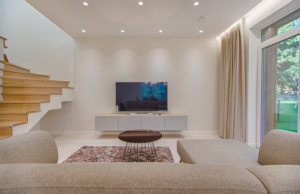 Finally, to make sure your polished concrete flooring is long-lasting, we recommend adding a layer of sealer. It will protect your floor from dirt, dust, and other contaminants. There are many different types of sealers available on the market, so be sure to choose one compatible with your flooring.
Finally, to make sure your polished concrete flooring is long-lasting, we recommend adding a layer of sealer. It will protect your floor from dirt, dust, and other contaminants. There are many different types of sealers available on the market, so be sure to choose one compatible with your flooring.
As you can see, polishing your concrete flooring is not as difficult as it may seem. With a few simple steps and some essential equipment, you can have a beautiful, shiny floor that will last for years. If you think the process seems complicated or don’t have time for this DIY project, consider hiring a professional floor polishing company.

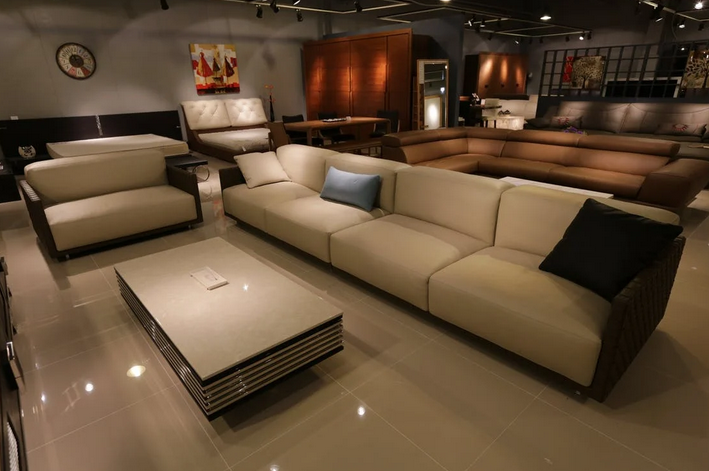
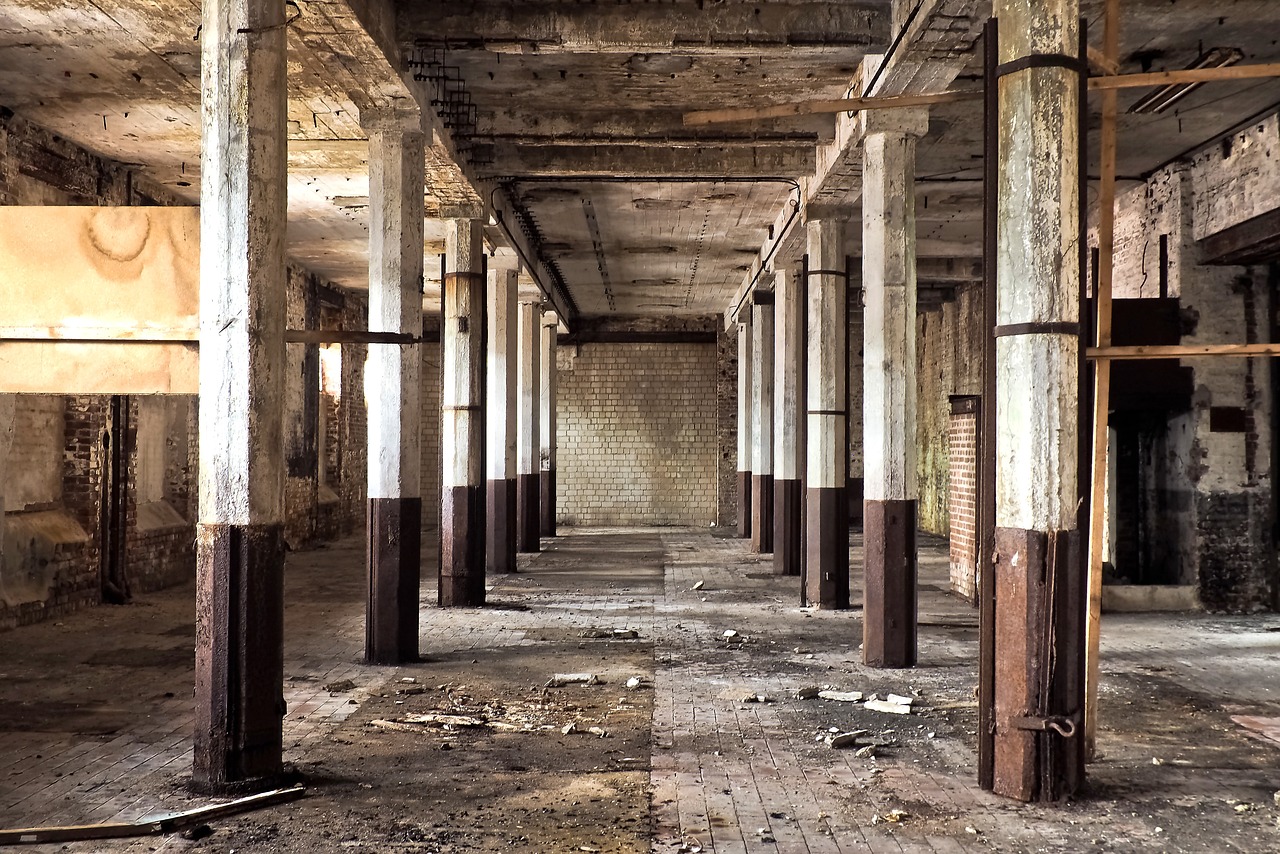
 Moisture and water intrusion are perhaps the most common challenges faced when renovating a basement. After all, being below ground level makes basements more susceptible to dampness and leaks. The last thing you want is to invest time and money into creating a beautiful new space only to have it ruined by moisture-related issues. One of the first steps in tackling this challenge is identifying the source of the moisture. Is it coming from groundwater seepage, poor drainage, or leaky pipes? Once you’ve pinpointed the problem, take immediate action to address it. This may involve installing proper waterproofing measures such as sealants or membranes on walls and floors.
Moisture and water intrusion are perhaps the most common challenges faced when renovating a basement. After all, being below ground level makes basements more susceptible to dampness and leaks. The last thing you want is to invest time and money into creating a beautiful new space only to have it ruined by moisture-related issues. One of the first steps in tackling this challenge is identifying the source of the moisture. Is it coming from groundwater seepage, poor drainage, or leaky pipes? Once you’ve pinpointed the problem, take immediate action to address it. This may involve installing proper waterproofing measures such as sealants or membranes on walls and floors. Proper ventilation is vital in any living space, and basement renovations often present unique challenges when it comes to achieving adequate airflow. With limited access to natural light and outdoor air sources, basements can quickly become stuffy and prone to poor air quality. One of the main challenges in basement renovations is creating effective ventilation systems that balance energy efficiency with proper airflow. Traditional windows may not be an option for basements located below ground level, making it necessary to explore alternative solutions such as window wells or egress windows.
Proper ventilation is vital in any living space, and basement renovations often present unique challenges when it comes to achieving adequate airflow. With limited access to natural light and outdoor air sources, basements can quickly become stuffy and prone to poor air quality. One of the main challenges in basement renovations is creating effective ventilation systems that balance energy efficiency with proper airflow. Traditional windows may not be an option for basements located below ground level, making it necessary to explore alternative solutions such as window wells or egress windows.
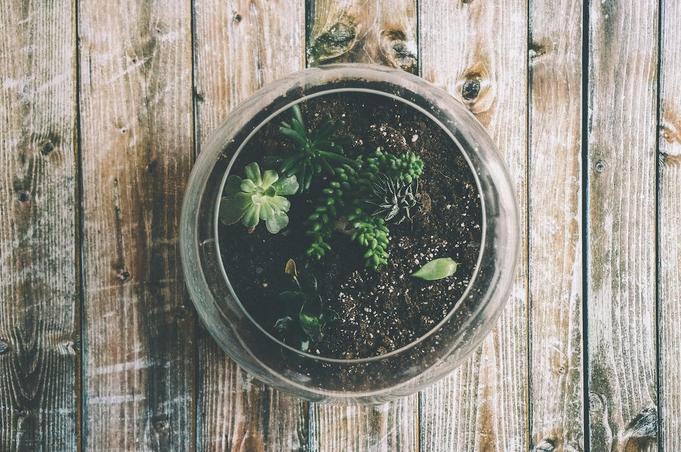 But what if you want a whole real forest in your home? Terrariums are the perfect way to create a lush and vibrant indoor miniature garden. You can build a terrarium with any type of material, such as glass, plastic, or wood, then add soil, plants, and some decorative elements for an eye-catching display that will bring life into your home. But keep in mind that terrariums require regular maintenance to keep them looking their best.
But what if you want a whole real forest in your home? Terrariums are the perfect way to create a lush and vibrant indoor miniature garden. You can build a terrarium with any type of material, such as glass, plastic, or wood, then add soil, plants, and some decorative elements for an eye-catching display that will bring life into your home. But keep in mind that terrariums require regular maintenance to keep them looking their best.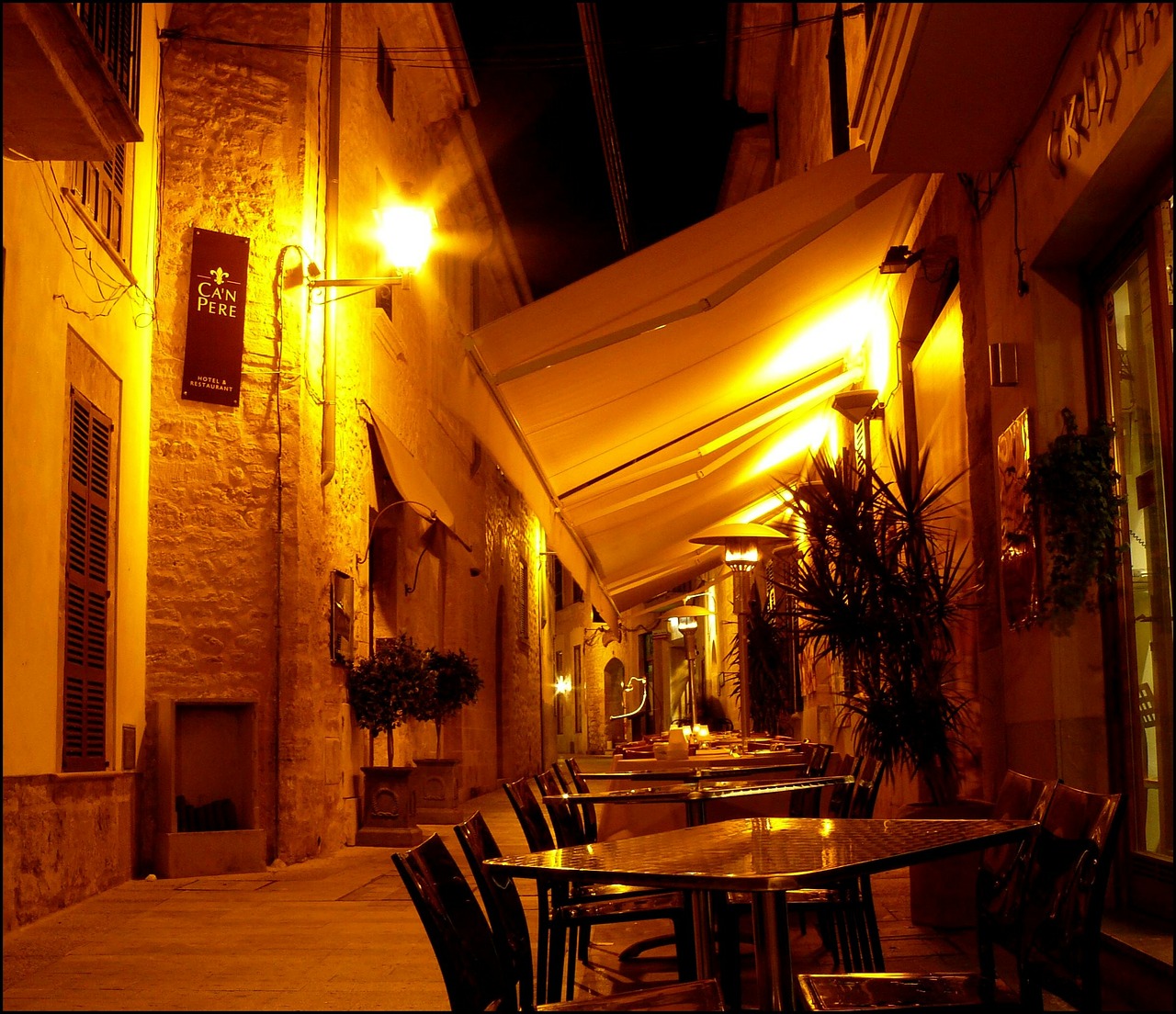
 The purpose of your lighting fixture will determine what material is best. We recommend using a copper outdoor lighting fixture if you want to enhance the exterior design and architectural details. The beautiful finish on this metal looks impressive when illuminated at night. This works exceptionally well if it’s installed near landscape features such as trees or flowers with copper components. If you’re also looking for security lighting, we recommend using a combination of materials. For example, have a steel fixture with a bronze or copper overlay. This will give you the best of both worlds.
The purpose of your lighting fixture will determine what material is best. We recommend using a copper outdoor lighting fixture if you want to enhance the exterior design and architectural details. The beautiful finish on this metal looks impressive when illuminated at night. This works exceptionally well if it’s installed near landscape features such as trees or flowers with copper components. If you’re also looking for security lighting, we recommend using a combination of materials. For example, have a steel fixture with a bronze or copper overlay. This will give you the best of both worlds.